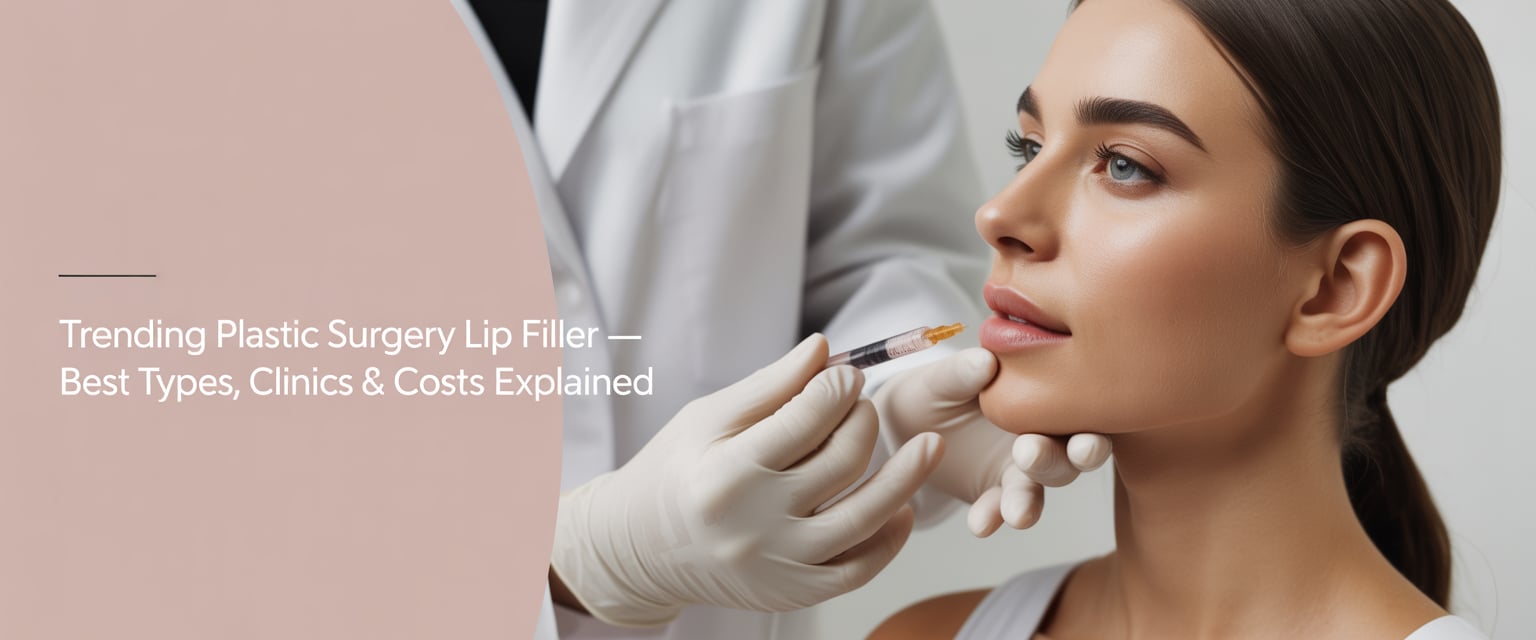In recent years, the demand for lip enhancement has reached new heights, with more individuals seeking fuller, natural-looking lips through safe and advanced cosmetic procedures. Among the most discussed beauty topics, Trending Plastic Surgery Lip Filler: Best Types, Clinics & Costs Explained stands out as the ultimate guide for anyone curious about achieving the perfect pout.
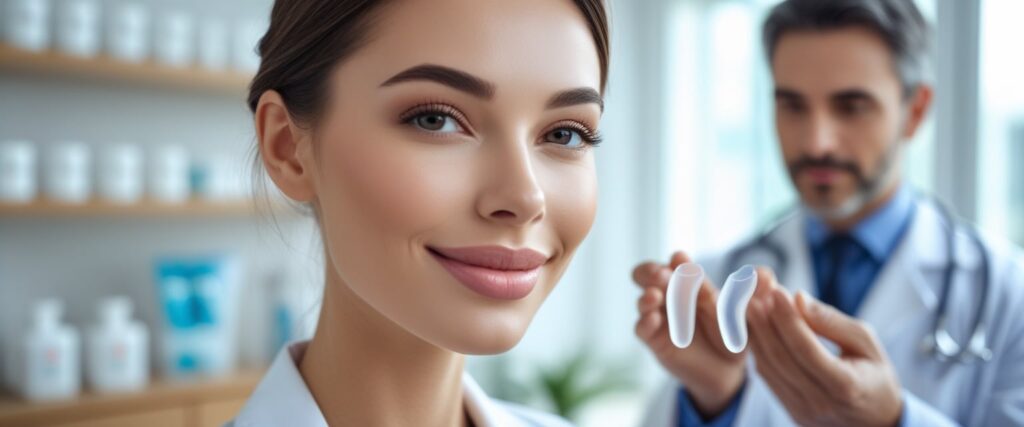
This article explores modern lip augmentation trends, the latest filler technologies, and how to choose reputable clinics that deliver beautiful, lasting results. Whether you’re considering subtle volume enhancement or a complete lip transformation, understanding the options available will help you make an informed and confident choice.
Table of Contents
Trending Plastic Surgery Lip Filler
Fuller, well-shaped lips continue to be one of the most requested cosmetic enhancements. Whether the goal is subtle definition or noticeable volume, today’s options range from temporary fillers to long-lasting implants. Lip fillers and surgical enhancements can safely refine balance, shape, and symmetry when performed by qualified professionals.
This guide explains what to expect from modern lip augmentation, including the most common filler materials, non-surgical treatments, and permanent implant options. It also covers cost ranges, recovery details, and how to choose the best cosmetic clinics for safe, natural-looking results.
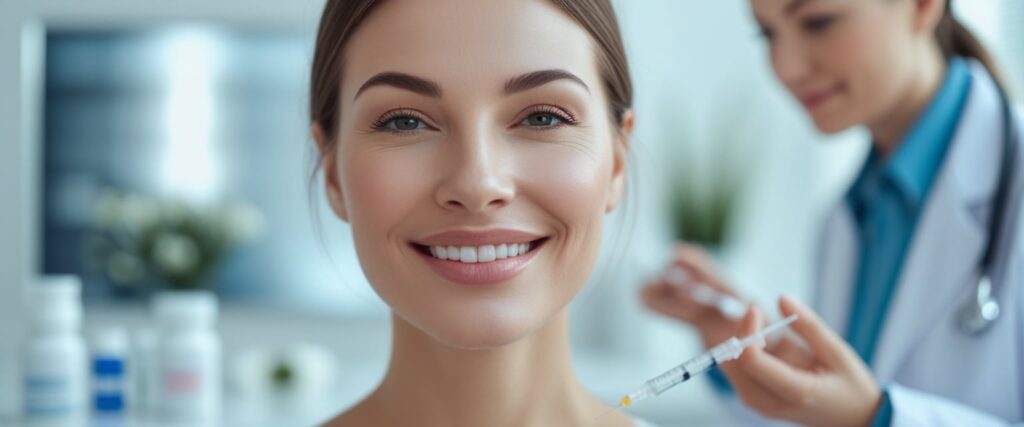
From different types of lip injections to non-invasive lifts and implant procedures, each method offers unique benefits. Understanding these choices helps anyone make informed decisions about enhancing their lips with confidence and realistic expectations.
Plastic Surgery Lip Filler: Essential Facts
Lip fillers enhance lip volume, shape, and symmetry using safe injectable materials. This cosmetic procedure offers quick results with minimal downtime and is one of the most requested nonsurgical treatments in aesthetic medicine.
What Are Lip Fillers and Lip Injections?
Lip fillers are injectable gels used to add volume or definition to the lips. Most modern fillers contain hyaluronic acid (HA), a substance naturally found in the body. HA fillers are preferred because they are reversible and produce smooth, natural results.
Other options include collagen-based fillers, fat transfer, and synthetic implants. Collagen and fat transfers can create longer-lasting effects but may require more recovery time.
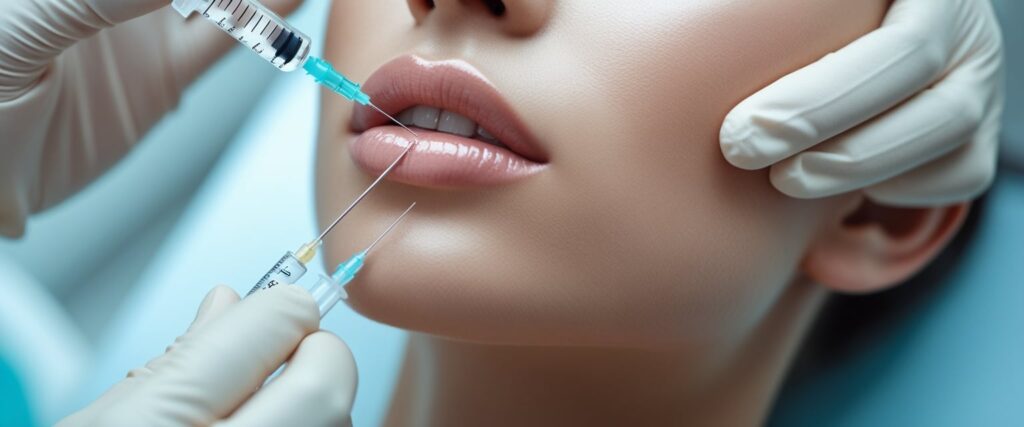
Popular HA filler brands include Juvederm and Restylane, both approved by the FDA for lip augmentation. These fillers can treat thin lips, uneven shape, or vertical lip lines. According to the Derm Collective guide on lip fillers, results typically last six to twelve months, depending on the product and individual metabolism.
How Lip Augmentation Works
Lip augmentation is performed in a medical office by a qualified provider such as a board-certified plastic surgeon, cosmetic surgeon, or dermatologist. The procedure usually takes 15–30 minutes.
A numbing cream or lidocaine-based filler helps reduce discomfort. The provider injects small amounts of filler into targeted areas to shape and balance the lips. Patients can customize their look—some prefer subtle enhancement, while others want more noticeable volume.
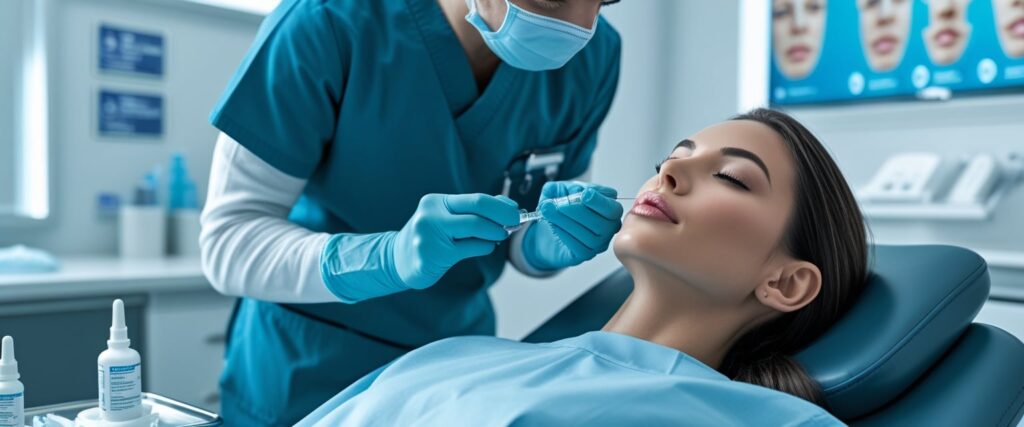
The results appear immediately, though mild swelling and bruising can last a few days. Many patients choose touch-up sessions every 6–12 months to maintain their preferred look. As noted by Weiler Plastic Surgery, different injection techniques can create shapes like a heart-shaped or fuller “puffy” style.
Lip Filler Safety and Choosing Qualified Providers
When performed by trained professionals, lip injections are considered safe. Mild side effects include swelling, bruising, or tenderness. Serious complications such as infection or vascular blockage are rare but possible.
Patients should always choose a licensed and experienced injector. A board-certified provider understands facial anatomy and can avoid common risks.
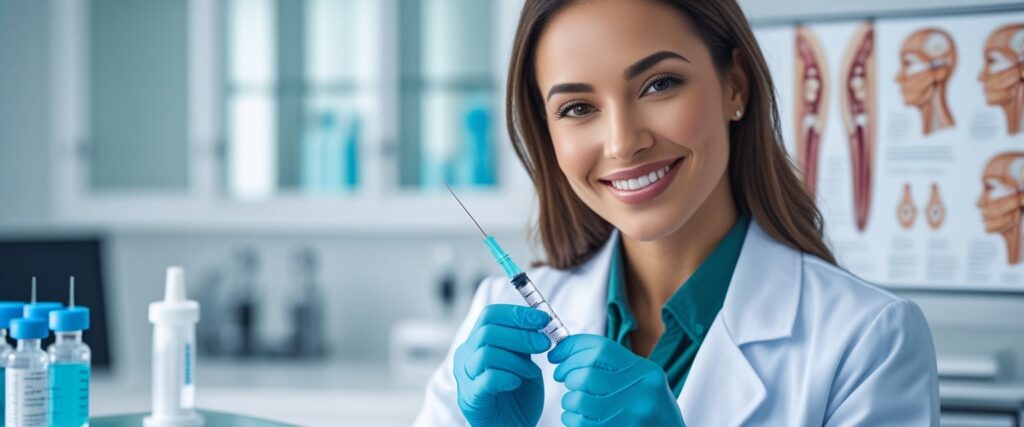
Avoid at-home filler kits or unlicensed injectors, which can cause severe complications. The Cleveland Clinic overview of lip fillers emphasizes that only medical professionals should perform this procedure.
Before treatment, a consultation helps set realistic goals and determine the best filler type for each person’s lip structure and aesthetic preferences.
Types of Lip Fillers and Augmentation Options
Lip enhancement procedures use different materials and methods to shape, define, and add volume. Each option varies in how long results last, how natural they feel, and what level of maintenance they require.
Hyaluronic Acid Fillers: Juvederm, Restylane & More
Hyaluronic acid (HA) fillers are the most common lip fillers used in cosmetic clinics today. They attract and hold water, giving lips a soft, hydrated look. Brands like Juvederm and Restylane are well-known for their smooth consistency and predictable results.
Popular options include Juvederm Volbella XC, Juvederm Ultra, and Restylane Silk. These products allow precise control over lip shape and volume. Treatments usually take less than an hour, and results appear immediately.
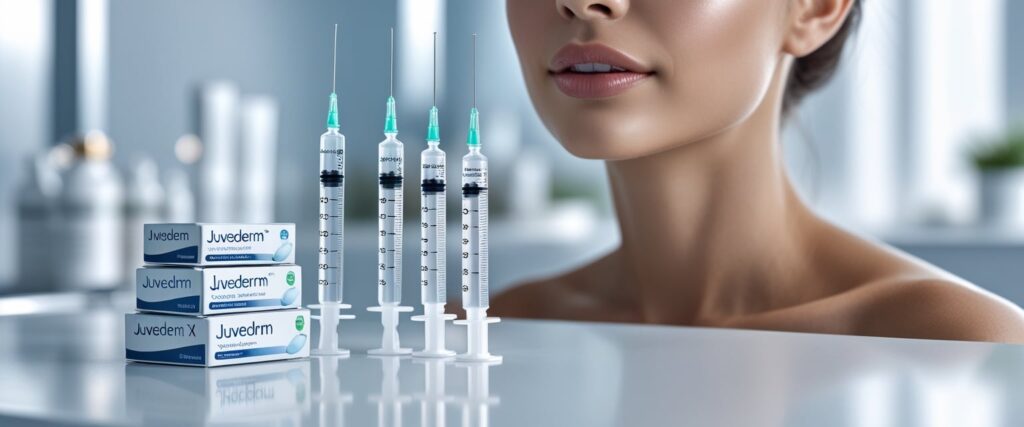
HA fillers are temporary, lasting 6 to 12 months depending on metabolism and product type. Patients appreciate that results can be adjusted or reversed using an enzyme called hyaluronidase. Learn more about the different types of lip fillers and how they work.
| Brand | Typical Longevity | Texture | Key Benefit |
|---|---|---|---|
| Juvederm Ultra XC | 9–12 months | Smooth gel | Adds fullness |
| Restylane Silk | 6–9 months | Fine texture | Enhances definition |
| Juvederm Volbella XC | Up to 12 months | Soft, subtle | Natural finish |
Collagen and Fat Transfer Injections
Before HA fillers became popular, collagen lip fillers were the standard. These use collagen derived from human or bovine sources to add structure. While effective, they often require allergy testing and do not last as long as modern HA fillers.
Fat transfer lip injections, also called fat grafting, use the patient’s own fat taken from another body area. This method offers a natural option for those seeking longer-lasting results. The fat is purified and injected into the lips to restore volume and shape.
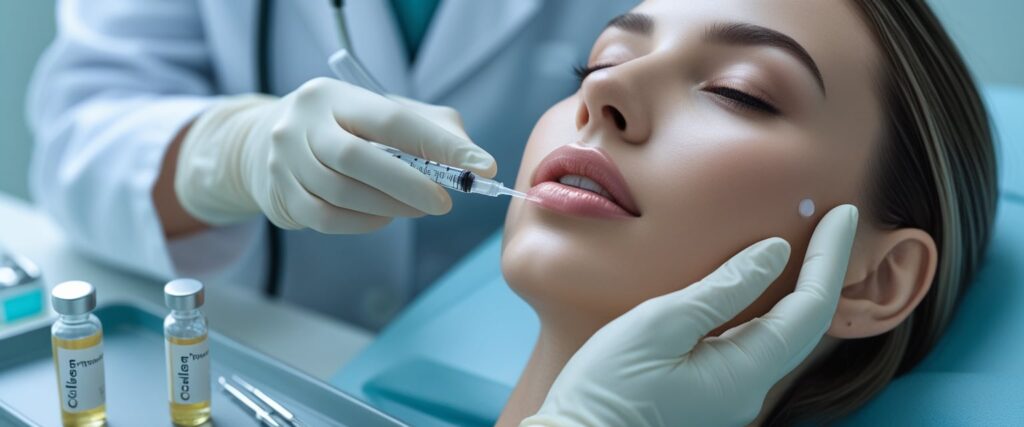
Recovery may take a few days due to minor swelling or bruising. Fat grafting can last for years if the transferred fat cells survive, making it a more permanent alternative for some patients.
Permanent Lip Implants and Softform Implants
For those wanting a lasting solution, permanent lip implants provide consistent volume without repeated treatments. Materials like silicone or expanded polytetrafluoroethylene (ePTFE) are used. Softform lip implants are a popular choice because they integrate well with natural tissue and are removable if needed.
Implant procedures are surgical and performed under local anesthesia. Results are stable and long-term, but patients should weigh the risks of infection, shifting, or asymmetry. Unlike fillers, implants do not rely on absorption or metabolic breakdown.

Some clinics offer consultations to compare implant types and costs. Patients can review differences between lip filler and implant options.
Needleless and Non-Invasive Lip Injections
Needleless lip fillers use pressure-based devices to deliver HA serum into the lips without needles. These devices push the product through the skin using air pressure, creating mild plumping.
Results from needleless lip filler treatments are temporary, often lasting a few weeks. They appeal to people who want subtle enhancement without injections or downtime. However, outcomes are less precise than traditional dermal fillers.
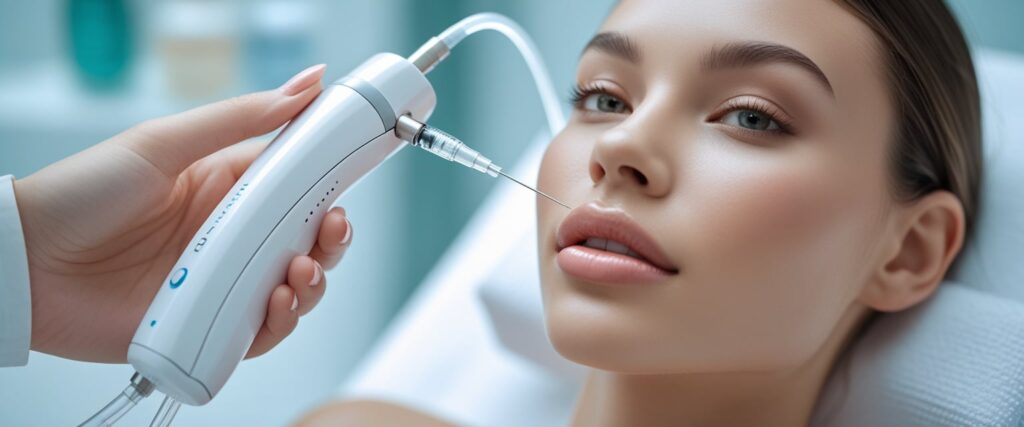
Other non-invasive lip injections include plasma or fibroblast treatments, which tighten skin and improve lip contour. These options are best for those seeking gentle improvement rather than major volume changes. Clinics often list these as part of their non-surgical lip augmentation services.
Lip Filler Benefits, Trends, and Results
Lip fillers enhance lip volume, improve lip symmetry, and refine the shape of the mouth. They also support facial balance and can be customized to match individual lip augmentation goals using different filler types and techniques.
Key Benefits of Lip Injections
Lip injections use hyaluronic acid-based fillers like Juvéderm or Restylane to create fuller lips and a smoother texture. These fillers attract moisture, keeping lips hydrated and soft.
Patients often notice improved lip symmetry and definition of the Cupid’s bow. The treatment can also reduce fine lines around the mouth, giving a more youthful look.
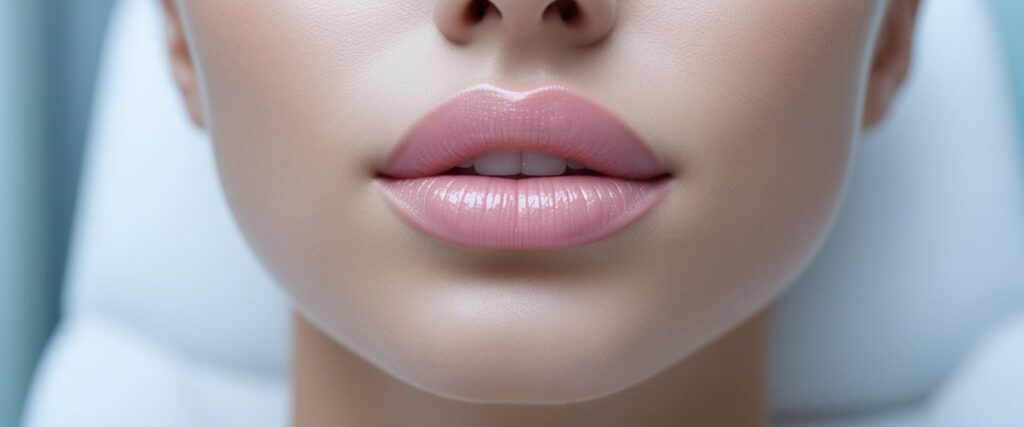
Results appear quickly and can last 6–12 months, depending on metabolism and filler type. According to the Cleveland Clinic, candidates should be in good health and have realistic expectations about the results.
Common advantages include:
- Customizable enhancement for subtle or noticeable volume
- Quick recovery with minimal downtime
- Reversible results if hyaluronic acid fillers are used
Luscious Lips Filler Trends
In 2025, patients are choosing styles that emphasize natural structure over exaggerated fullness. Popular looks include the Russian, Butterfly, and Classic lip shapes described in the Canadian CMC 2025 guide.
- Russian lips lift the Cupid’s bow and add height to the upper lip.
- Butterfly lips widen the smile while keeping the center plump.
- Classic lips offer balanced, moderate volume for first-time clients.
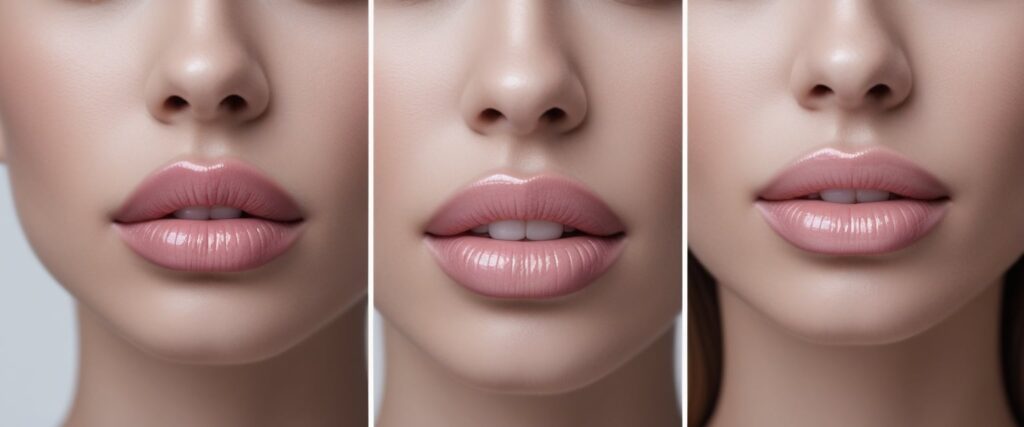
These trends highlight precision and injector skill. Patients prefer results that look balanced with facial features rather than overly filled. Longevity varies, but most fillers maintain shape for several months before touch-ups.
Natural Lip Injections for a Soft Look
Natural lip injections focus on subtle lip augmentation options that enhance without changing the lip’s structure. Small amounts of hyaluronic acid filler are placed strategically to improve definition while preserving movement and texture.
This method suits people who want soft, hydrated lips with gentle volume. Techniques such as micro-droplet injection or linear threading help achieve even distribution.
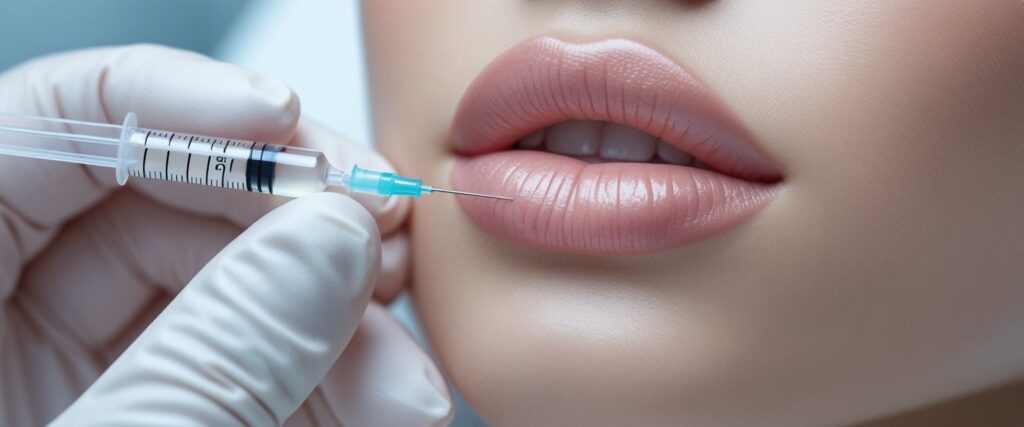
Many clinics use products like Versa or Restylane Kysse for their smooth consistency and flexible finish. As noted by Rockmore Plastic Surgery, different filler types offer unique benefits, so consultations help match the best formula to individual goals.
Lip Fillers After Rhinoplasty: What to Know
Getting lip fillers after rhinoplasty requires careful timing and planning. The nose and lips share structural and aesthetic balance, so injectors often wait several months post-surgery before performing any lip augmentation.
Lip fillers can restore harmony between the lower and mid-face once swelling from rhinoplasty resolves. This combination often enhances facial proportion, especially when subtle volume adjustments are made.
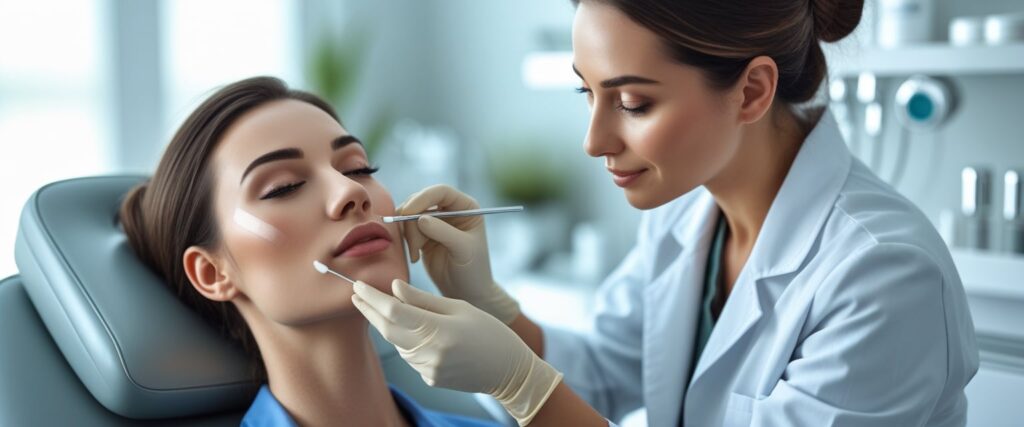
Patients should choose a board-certified injector familiar with post-surgical anatomy. According to Byrdie’s overview on lip fillers, professional technique and filler placement are key to safe, natural results. Proper spacing between treatments ensures even healing and avoids filler migration.
Non-Surgical and Surgical Lip Enhancement Procedures
Modern lip enhancement methods range from non-invasive plasma treatments to surgical lifts and reductions that reshape the lips for balanced proportions. Each option focuses on improving contour, symmetry, and definition while maintaining natural movement and texture.
Non-Surgical Lip Lifts and Plasma Techniques
Non-surgical procedures use advanced energy-based and injectable technologies to refine lip shape without incisions. The fibroblast lip lift and plasma lip injections are two popular choices. These treatments use controlled plasma energy to tighten skin and stimulate collagen along the lip line.
The bullnose lip lift and cupid lip lift are minimally invasive lifts that adjust the upper lip’s position for a more defined cupid’s bow. They often require only topical anesthesia and have short recovery times.
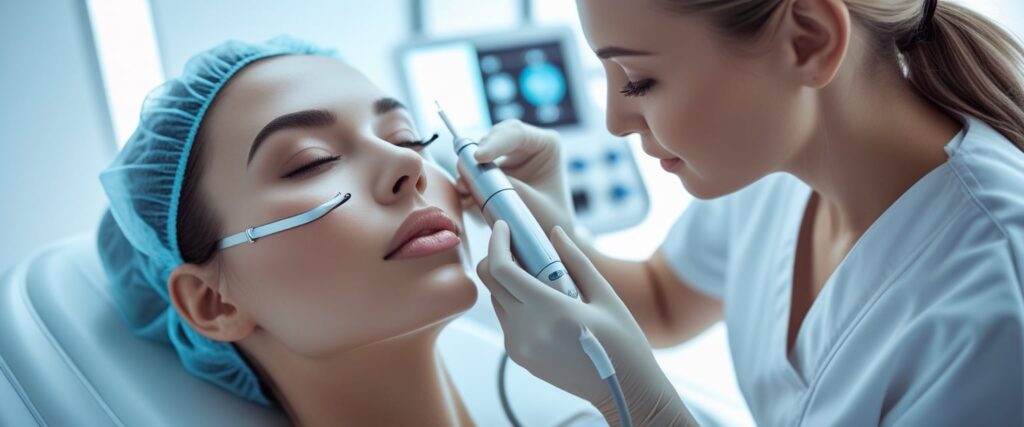
According to Athena Plastic Surgery, non-surgical lip augmentation with fillers or plasma treatments can enhance volume and shape with minimal downtime. Results usually last from six months to a year, depending on the method and filler type used.
| Technique | Type | Recovery Time | Typical Duration |
|---|---|---|---|
| Fibroblast Lip Lift | Non-surgical | 3–5 days | 8–12 months |
| Plasma Lip Injections | Non-surgical | 1–3 days | 6–9 months |
| Bullnose Lip Lift | Minimally invasive | 5–7 days | 1–2 years |
Lip Reduction and Large Lips Surgery
Lip reduction surgery removes excess tissue to create a more balanced proportion between the upper and lower lips. This procedure benefits individuals with naturally large lips or those who have had overfilled results from previous injections.
Surgeons often perform this under local anesthesia, making precise incisions inside the lip to minimize visible scarring. Recovery usually takes one to two weeks.
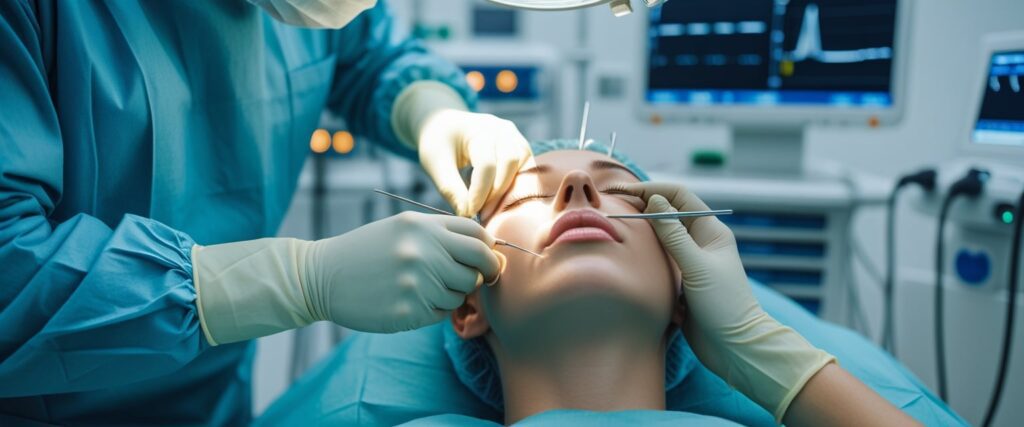
As described by the American Society of Plastic Surgeons, reduction techniques can also correct asymmetry or improve speech and comfort when lips interfere with normal function.
Key considerations:
- Swelling and mild discomfort are common for several days.
- Results are permanent, though minor adjustments may be needed.
- Patients should avoid smoking and heavy exercise during recovery.
Lip Corner Lift and Drooping Mouth Correction
A lip corner lift targets sagging or downward-turned mouth corners that can make the face appear tired or sad. This small surgical procedure removes a small wedge of skin near the mouth corners to elevate and reshape the lips.
For those preferring non-surgical correction, dermal fillers can lift drooping corners by restoring lost volume. According to OC Facial Plastic Surgery, injectables like JUVÉDERM® or Restylane® can soften lines and subtly raise the mouth edges with little downtime.
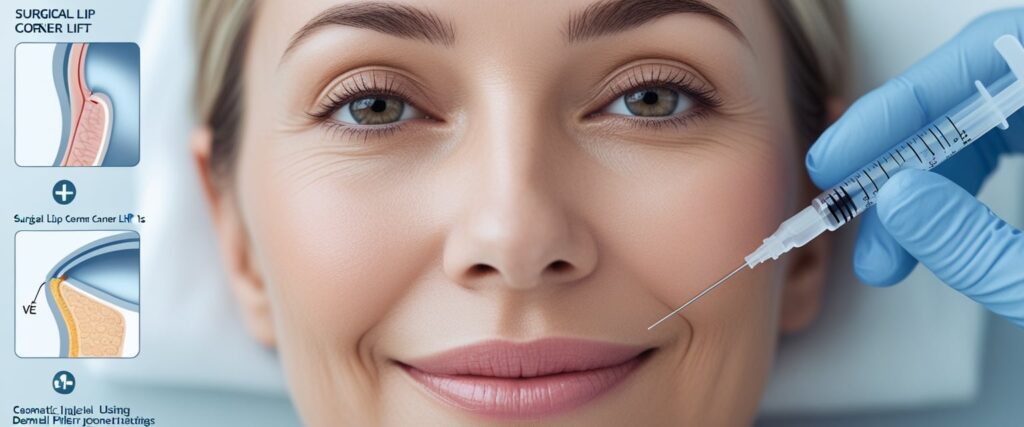
Typical recovery for a surgical corner lift is about one week. Stitches are removed after several days, and most swelling resolves within two weeks. Results can last several years depending on skin condition and lifestyle.
Autologous Lip Augmentation Explained
Autologous lip augmentation uses the patient’s own fat or tissue to increase lip volume naturally. Surgeons harvest fat from another area, purify it, and inject it into the lips. This technique reduces the risk of allergic reactions because it uses the body’s own material.
Compared to synthetic fillers, fat transfer results can last longer, though some resorption may occur. The procedure typically takes about one hour and may require mild sedation.
Some clinics combine autologous methods with platelet-rich plasma (PRP) or plasma-based therapies for improved integration and healing. As noted by the Aesthetic Surgery Center, these natural approaches aim to enhance softness and contour while maintaining a realistic look.
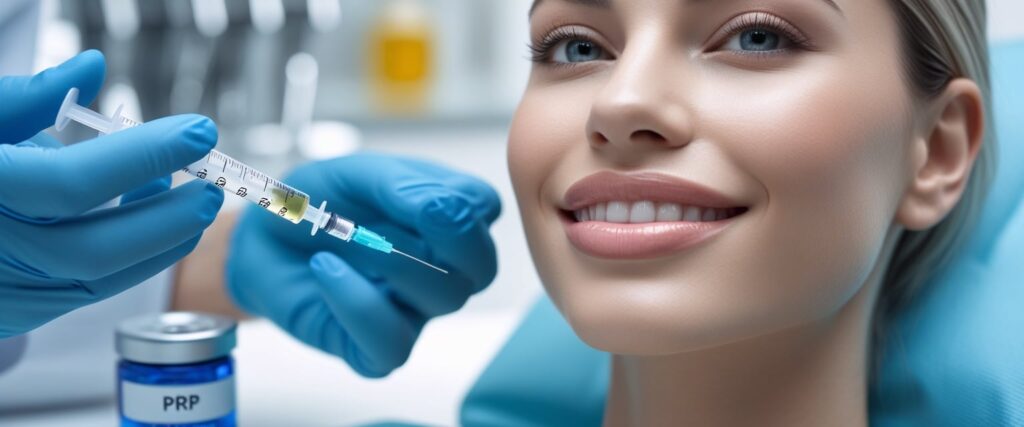
Advantages:
- Long-lasting, natural results
- Minimal allergy risk
- Smooth texture and natural movement
Cost Guides and Payment Options for Lip Procedures
Prices for lip procedures vary by treatment type, product brand, and clinic location. Patients should compare costs, understand what affects pricing, and explore flexible payment plans to manage expenses without compromising safety or results.
Lip Filler and Injection Price Guide
The average lip filler cost in the United States ranges from $500 to $1,000 per syringe, depending on the brand and injector experience. According to Athena Plastic Surgery, the national average is about $959 per treatment, with prices as low as $332 and as high as $2,354 in premium clinics.
Popular brands and average price per syringe:
| Brand | Typical Price Range | Duration |
|---|---|---|
| Juvederm | $350–$1,050 | 6–12 months |
| Restylane | $383–$1,050 | 6–12 months |
| Belotero | $283–$989 | 6–9 months |
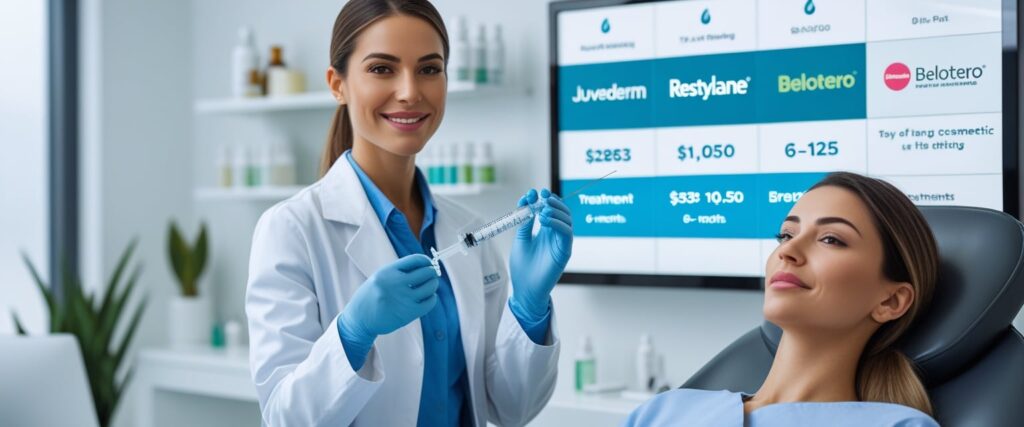
Most patients need 1–2 syringes for balanced results. Clinics in major cities like Los Angeles or New York often charge more due to higher overhead costs. Smaller cities or suburban practices usually offer more affordable pricing.
Permanent Lip Fillers and Implants Cost
Permanent lip fillers and lip implants provide long-term results but come with higher upfront costs. Softform and Permalip implants typically cost between $2,000 and $5,000 per procedure. These implants are made from soft silicone materials designed to maintain shape and flexibility.
Unlike temporary fillers, permanent implants don’t require repeat sessions. However, they involve surgical placement and possible downtime. Silicone lip implants may last many years, but removal or adjustment can add extra expense later.

Patients should discuss implant size, material, and surgeon expertise before committing. Choosing a board-certified plastic surgeon helps reduce risks and ensures proper placement for natural-looking results.
Silicone Lip Removal and Lip Injection Removal
Removing silicone lip implants or dissolving previous lip injections can vary in cost depending on the method used. Silicone lip removal through surgery often ranges from $2,000 to $4,500, depending on complexity and whether scar tissue is present.
For hyaluronic acid fillers, a non-surgical enzyme called hyaluronidase can dissolve the product. This treatment usually costs $150 to $500 per session. Multiple appointments may be needed for full correction.
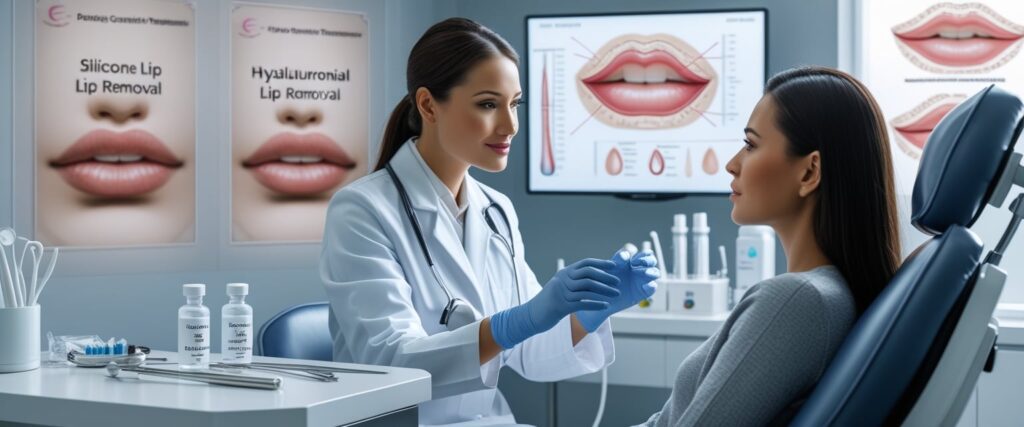
Patients seeking removal after complications or aesthetic dissatisfaction should consult an experienced injector or surgeon familiar with lip filler removal procedures to minimize tissue damage and restore symmetry.
Pay Monthly and Lip Injection Specials Near You
Many clinics now offer monthly payment plans to make lip procedures more affordable. Medical financing options like CareCredit allow patients to spread payments over 6–24 months, often with no interest during promotional periods.
Some practices partner with Denefits, which provides flexible financing with high approval rates and no credit checks. Seasonal promotions and lip injection specials can reduce total cost by 10–20%, especially for repeat clients.
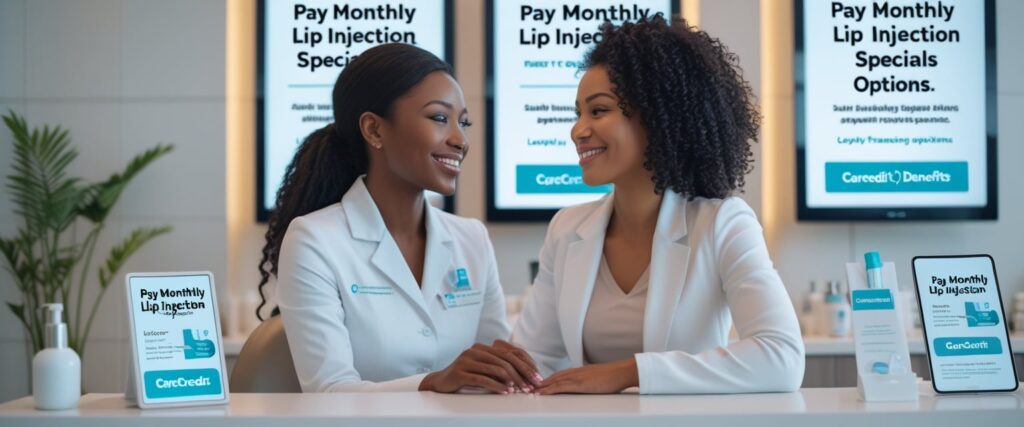
Patients can also check local med spas for membership programs or loyalty points that apply toward future treatments. Searching for pay monthly lip fillers near you ensures access to safe, budget-friendly cosmetic care without sacrificing quality.
Choosing the Best Cosmetic Clinics and Surgeons
Selecting a qualified clinic or surgeon affects both safety and results. Patients should focus on board certification, experience with lip procedures, and verified patient reviews before scheduling treatment.
Best Cosmetic Clinics for Lip Fillers
The best clinics for lip fillers use FDA-approved products and employ licensed injectors trained in facial anatomy. They maintain sterile environments and follow strict safety protocols. Facilities accredited by recognized bodies, such as Medicare-certified or state-licensed centers, meet higher standards.
Patients can find reliable clinics through organizations like the American Society of Plastic Surgeons, which lists board-certified specialists. These clinics often offer consultations to review goals, assess lip structure, and recommend suitable filler types.
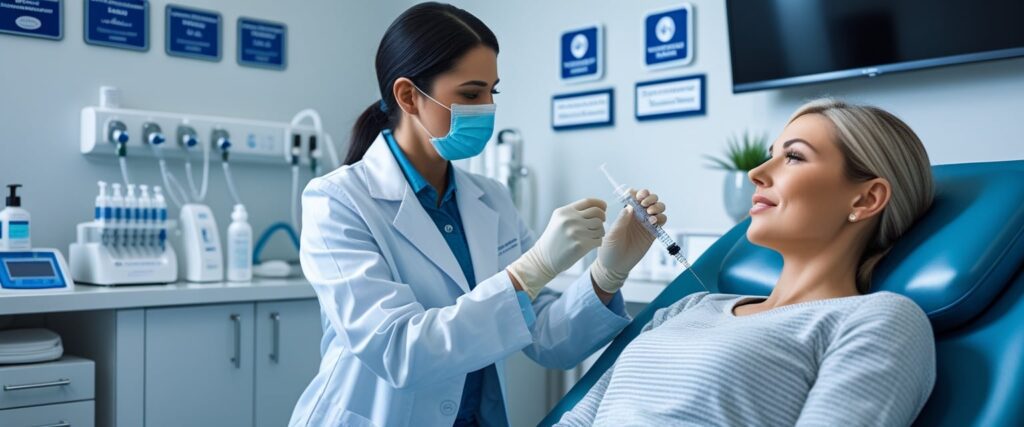
Checklist for choosing a clinic:
- Board-certified plastic surgeon or dermatologist
- Transparent pricing and treatment plans
- Before-and-after galleries
- Positive patient feedback
Top Lip Augmentation Surgeons and Doctors
Top lip augmentation surgeons hold certification from the American Board of Plastic Surgery or the American Board of Cosmetic Surgery. They complete years of surgical training and maintain continuing education in patient safety.
When searching for the best lip augmentation surgeons near you, patients should review credentials, years in practice, and specialization in injectables or implants. A skilled surgeon balances lip volume with facial harmony, avoiding overfilled results.

Key qualifications to look for:
| Qualification | Description |
|---|---|
| Board Certification | Verified by ABPS or equivalent |
| Experience | At least several years in facial aesthetics |
| Facility Accreditation | State-licensed or Medicare-certified |
Top Local Lip Injections Near Me
Finding top-rated local lip injections involves checking verified medical directories and reading patient testimonials. Clinics offering lip fillers should clearly state the injector’s qualifications and provide realistic expectations.
Websites like Diaminy’s guide to local lip filler clinics suggest verifying credentials through official medical boards. Patients should ask about filler brands, possible side effects, and follow-up care.
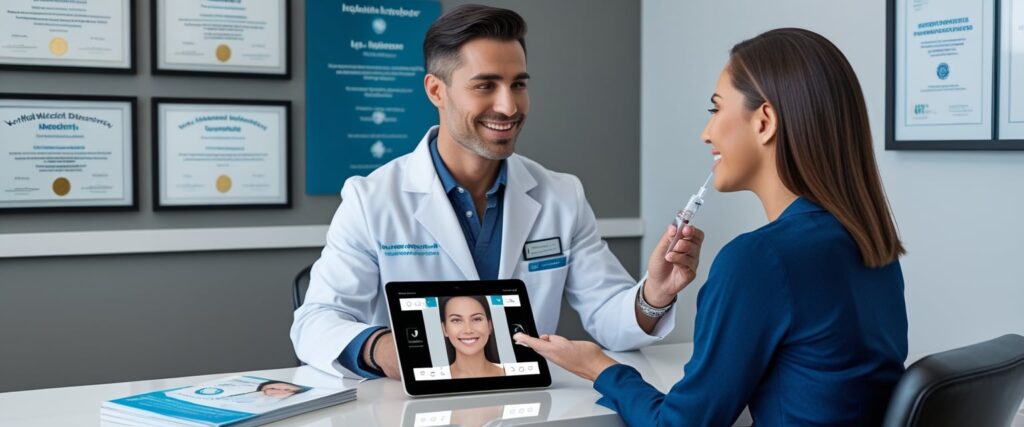
Tips for local searches:
- Confirm injector licensing
- Ask about product type and longevity
- Review previous patient photos
- Choose clinics with emergency support availability
Best Place for Permanent Lip Filler
Permanent lip fillers require advanced expertise due to their lasting nature. The best places for these procedures are medical clinics led by certified plastic or cosmetic surgeons experienced in implant-based treatments.
Options such as Softform or silicone implants should only be done in accredited facilities. Patients can compare options using data from reputable clinics like Dr. Kolstad’s San Diego Facial Plastic Surgery, which highlights safe surgical techniques and implant types.
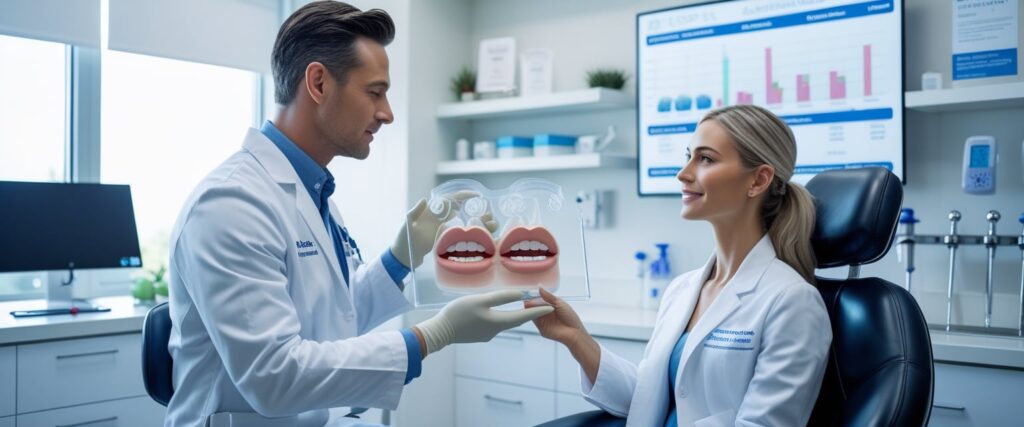
Important considerations:
- Use of FDA-cleared implant materials
- Surgeon’s experience with permanent fillers
- Availability of revision or removal procedures
- Transparent discussion of long-term outcomes
Conclusion
Enhancing one’s lips has become more than just a beauty trend—it’s an art form that blends medical precision with aesthetic expertise. As highlighted in Trending Plastic Surgery Lip Filler: Best Types, Clinics & Costs Explained, today’s lip filler options offer a range of solutions tailored to individual preferences, budgets, and long-term goals.
From temporary hyaluronic acid fillers to permanent implants, the key to achieving natural, harmonious results lies in selecting the right technique and a qualified professional. By prioritizing safety, experience, and personalized care, anyone can enjoy beautiful, balanced lips that complement their unique features with confidence and style.
Frequently Asked Questions
Is lip fillers a plastic surgery?
Lip fillers are not considered full plastic surgery; they are minimally invasive cosmetic procedures. Instead of surgical incisions, fillers use fine injections to enhance lip volume and shape using hyaluronic acid-based gels. The treatment is quick, safe, and performed under local anesthesia with minimal recovery time.
How much does lip filler surgery cost?
The cost of lip filler treatment depends on the clinic, brand of filler, and country. On average, it ranges from $250 to $700 per session. Premium clinics or well-known surgeons may charge more due to expertise and product quality.
How long do fillers last in lips?
Lip fillers usually last between 6 to 12 months, depending on the filler type, metabolism, and aftercare routine. Hyaluronic acid fillers like Juvederm and Restylane gradually dissolve over time, and touch-ups help maintain the desired fullness.
What is the cost of lip plastic surgery?
Lip plastic surgery, such as lip lift or lip implants, is a permanent option and costs more than injectable fillers. The price typically ranges between $1,500 and $4,000, depending on the procedure type and surgeon’s expertise.
Which is the best type of lip filler?
The best lip fillers are hyaluronic acid-based products like Juvederm, Restylane, and Teosyal Kiss, known for their smooth texture, natural look, and reversibility. They also retain moisture, giving lips a plump and hydrated appearance.
Which lip filler is most expensive?
Juvederm Volbella and Restylane Kysse are among the most expensive lip fillers due to their advanced formulations, long-lasting results, and natural finish. Their higher cost reflects superior quality and reduced post-treatment swelling.
